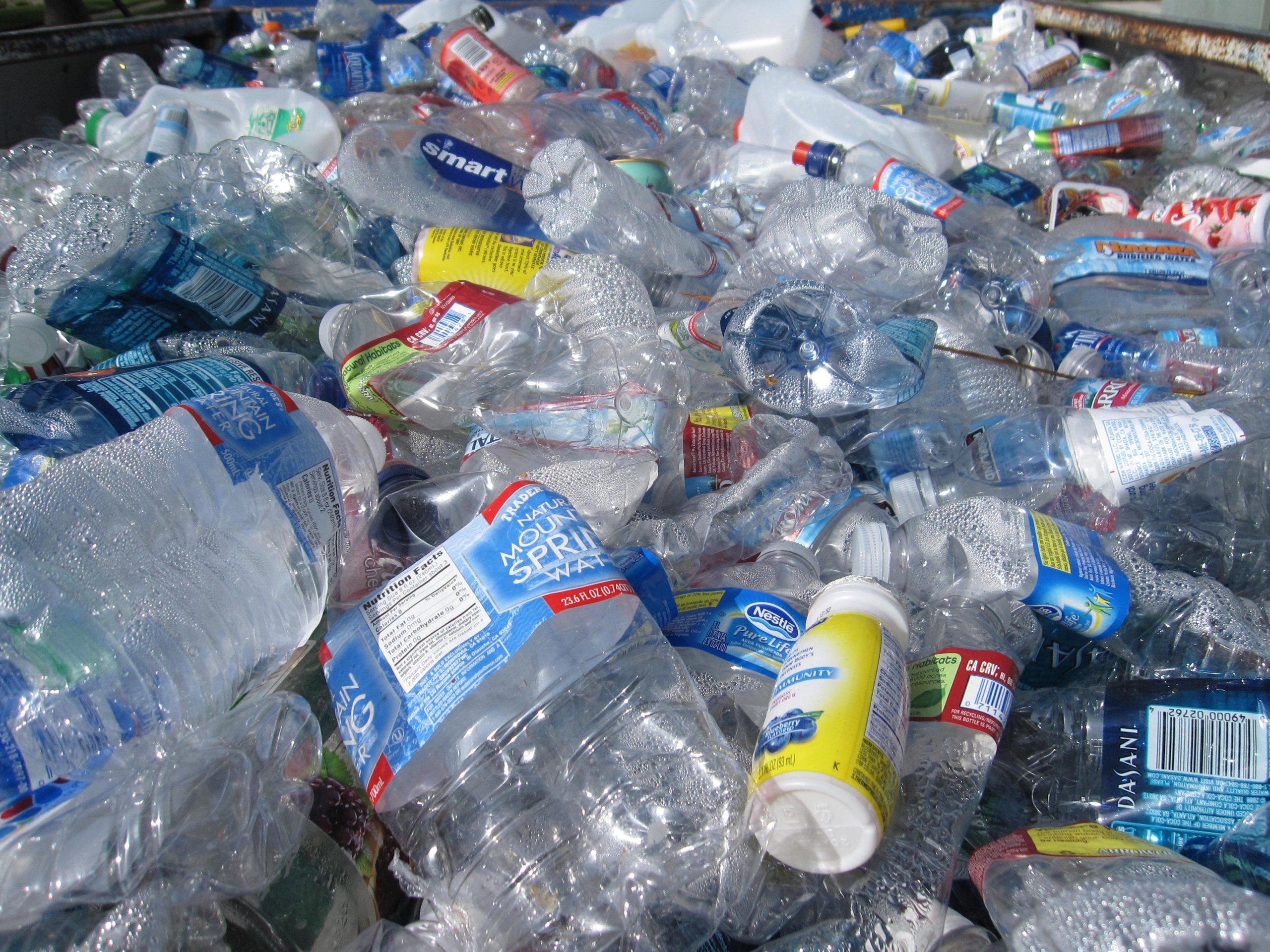Many people make an effort to recycle waste as a way to positively impact the environment. After all, many recyclable everyday products – such as water bottles and plastic containers – are believed to be “environmentally conscious” because they have the triangle recycle symbol. But how do we know what happens after placing them into the recycle bin?
I have been thinking about this lately because I have significant reduce, reuse, and recycle goals this year. I recently wrote an article about the six most common types of plastics and which of those could be recycled. I was relieved to see that plastics 1-PET (Polyethylene terephthalate) and 2- HDPE (High-density polyethylene) could easily be recycled. But the others are rarely recycled and can take hundreds of years to decompose. If they end up in oceans, they harm marine life.
What Percentage of Plastics Actually Get Recycled?
But, even though some plastics are technically recyclable, a Greenpeace report from October 2022 stated that only 5-6% of plastic is recycled into new products. Per the US Environmental Protection Agency (EPA), less than ten percent of plastics in the US have ever been recycled.
Unfortunately, we don’t see what happens after recyclable products go into a recycling bin. We assume it gets where it needs to go and mysteriously transforms into new, shiny recycled products. Perhaps, people would pay more attention if there was more awareness about the situation. But, out-of-sight, our-of-mind, unfortunately.
As a parent with small kids, I have found it harder not to use plastic – but not impossible, with some creativity. Removing single-use products is less convenient but very doable. The best option moving forward is to reduce the amount of plastic we use. Plastic recycling isn’t the operative solution we hoped it was.

Plastics that end up in the ocean harm marine life and can take hundreds of years to decompose.
Simple Ways to Reduce Disposable Plastic Waste
We can’t erase the past, but we can make better decisions moving forward. Even with our best recycling habits, most plastic still isn’t getting recycled. But there are things we can do to avoid using plastic in the first place.
1. Use reusable drinking containers
Use a reusable water bottle and coffee cup instead of disposable plastic bottles and cups.
Did you know that many coffee shops will allow customers to bring their own reusable coffee cups? In fact, many shops offer discounts for customers who do so as it is an environmentally friendly option. However, policies may vary from shop to shop, so it is best to check with the specific coffee shop you plan to visit.
2. Bring your own bags when shopping to reduce the use of plastic bags.
Consider bringing your own reusable bags to reduce the amount of plastic waste in landfills and the environment. Plastic bags take hundreds of years to break down and can cause harm to wildlife and marine life when they end up in the ocean.
Using reusable bags is an easy and effective way to reduce waste and protect the environment. Additionally, some cities and states have laws prohibiting or charging single-use plastic bags. Hence, it is often cheaper for customers to bring their own bags.
3. Buy products with minimal packaging or package-free products.
Minimal packaging or package-free products can reduce the amount of waste sent to landfills and help to conserve natural resources. You can also bring your own containers for bulk food items. Benifits include:
- Cost-effectiveness: Products with minimal packaging tend to be cheaper because the cost of packaging is not passed on to the consumer.
- Convenience: Package-free products for bulk items (such as grains, flour, and nuts) can often be purchased in the exact quantity needed, reducing food waste.
- Support for sustainable businesses: Choosing products with minimal packaging supports companies trying to reduce their environmental impact.
4. Avoid products with microbeads or microplastics.
Microbeads and microplastics are tiny plastic particles commonly found in personal care products such as toothpaste, exfoliating scrubs, soaps, and moisturizers.
These microplastics can enter the ocean and rivers, harming marine life and contributing to plastic pollution.
In fact, many countries and states have banned microbeads in personal care products. By avoiding products with microbeads, you can help to reduce the demand for them and support these regulations.
5. Support businesses and policies that promote sustainable practices.
Making significant environmental changes demands supporting sustainable business. We need more companies on board with sustainable practices. Their efforts help to preserve natural resources for future generations and reduce pollution and greenhouse gas emissions.
6. Use bar soap and shampoo instead of liquid products in plastic bottles.
Plastic bottles take hundreds of years to degrade and often end up in landfills or the ocean, where they can harm wildlife and damage ecosystems. On the other hand, bar soap and shampoo are often packaged in biodegradable or recyclable materials. They also tend to last longer than their liquid counterparts.
7. Compost food scraps instead of throwing them away to reduce plastic bag waste.
Composting food scraps instead of throwing them away can help to reduce the plastic bags needed for food scrap disposal. Composting is a natural process that turns food scraps into nutrient-rich soil.
As a bonus, composting helps prevent climate change. Composting benifits include:
- Reducing Methane: a potent greenhouse gas
- Creating nutrient-rich soil for healthier plants that use carbon dioxide (another greenhouse gas) for photosynthesis
If composting sounds interesting to you and you want to hear more about it, you can take a look at my first experiences with composting:
What would you add to this list? Does trying one of the ideas on this list to curb plastic waste appeal to you? Consider trying one or two for thirty days.
Additional recommended reading:
- What Can I Recycle? Acceptable and Non-Acceptable Recycling Materials
- Green Homes: What is an Eco-Friendly home?

